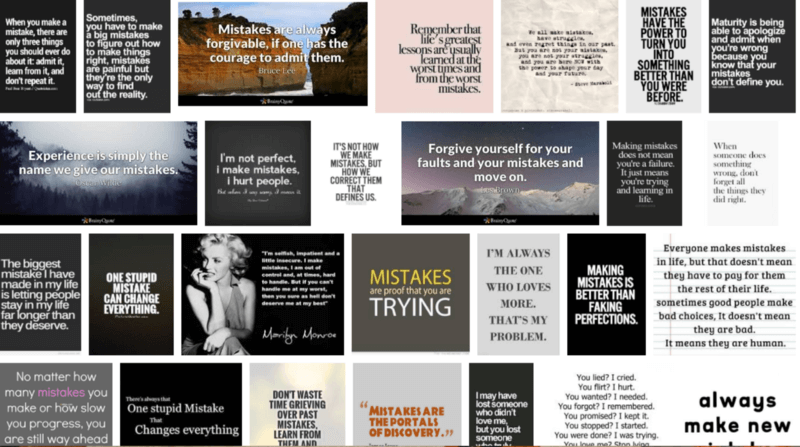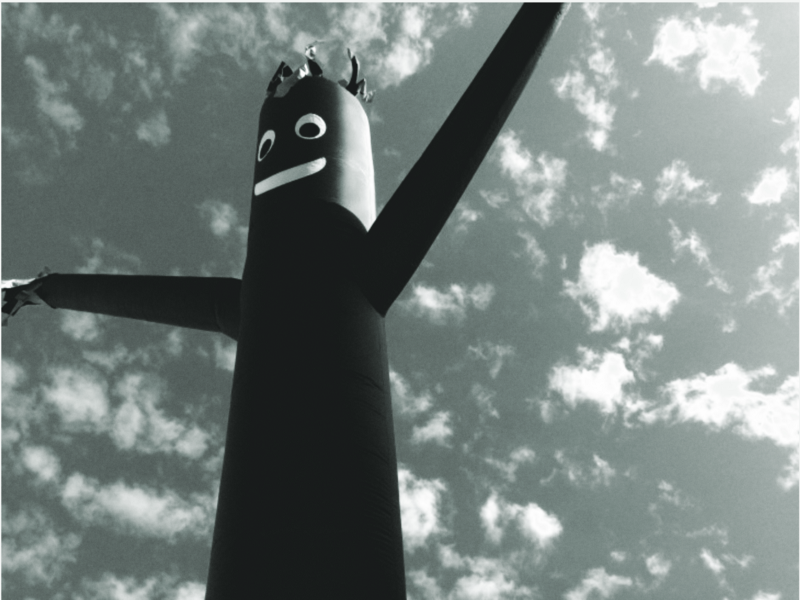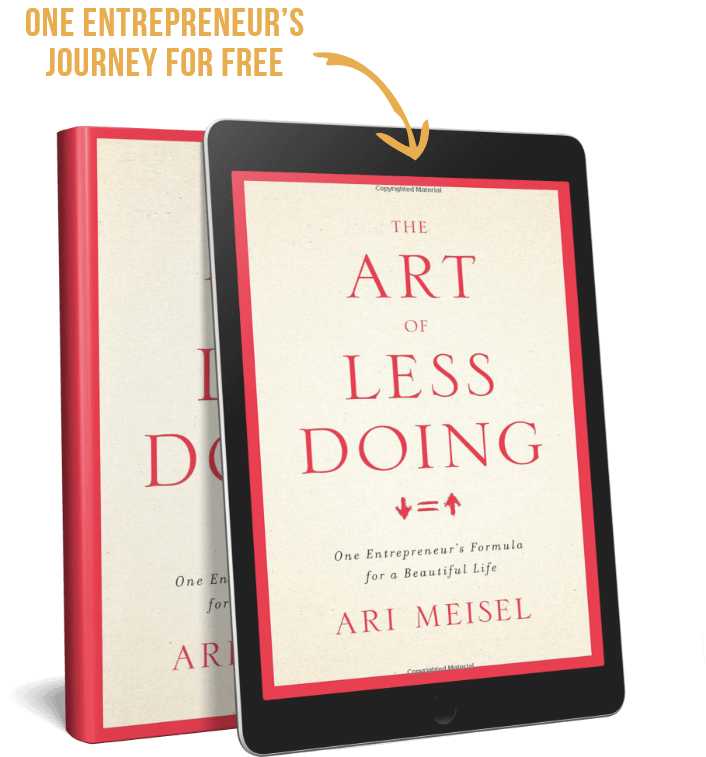The internet is littered with inspirational words about mistakes. I mean can you believe what this Google image search found? And that’s just page one of 300!
Crazy right?
It got me thinking about poka-yoke.
You’ve probably heard about the Japanese term translated as “mistake proofing” or the more business school-y, “inadvertent error prevention.” The concept was formalized, and the word adopted, by Shigeo Shingo as part of the Toyota Production System.
It’s any mechanism in a process that helps a person avoid mistakes. It serves to eliminate defects by preventing or correcting human error. For example, if a part requires three screws, package those screws in sets of three.
Here is where I come in.
Less Doing, the company I founded, is a Poka-yoke.
And not because I never make mistakes, because that would make me a robot, and I’m a long way from robotic. But because I mess up all the time.
Sometimes, I pivot like a maniac to find solutions to our big ideas at a pace that leaves some of our older team members, stunned and crabby. But that’s what makes us work.
We can identify not only where things ARE going awry, but where operations could go, for lack of a better phrase, “pear-shaped.” If you live, as we do, in the world of trial and error, you develop a pretty good arsenal of solutions.
My passion has become investigating the surest way to eliminate foreseeable errors, thereby redirecting my headspace toward forward motion. In other words, all I do is isolate areas where a solid dose of poka-yoke is required.
Sometimes my clients don’t know where those bottlenecks are, but I do. I’ve been the bottleneck, I’ve put in two screws when I should have put in three. I’ve fallen in love with a process that was repellent to others. I picked the wrong course of action. I didn’t listen.
It’s not hard to help another person when you’ve trudged that road before. In fact, it’s the only kind of advice that works, because it’s based on experience.
Poka-yoke, in theory, seems painfully obvious. But “obvious” is often an under appreciated asset. Because continually looking for creative ways to minimize mistakes pushes people to rethink the process; it invites innovation.
And I’d rather google images about innovation over mistakes any day.




